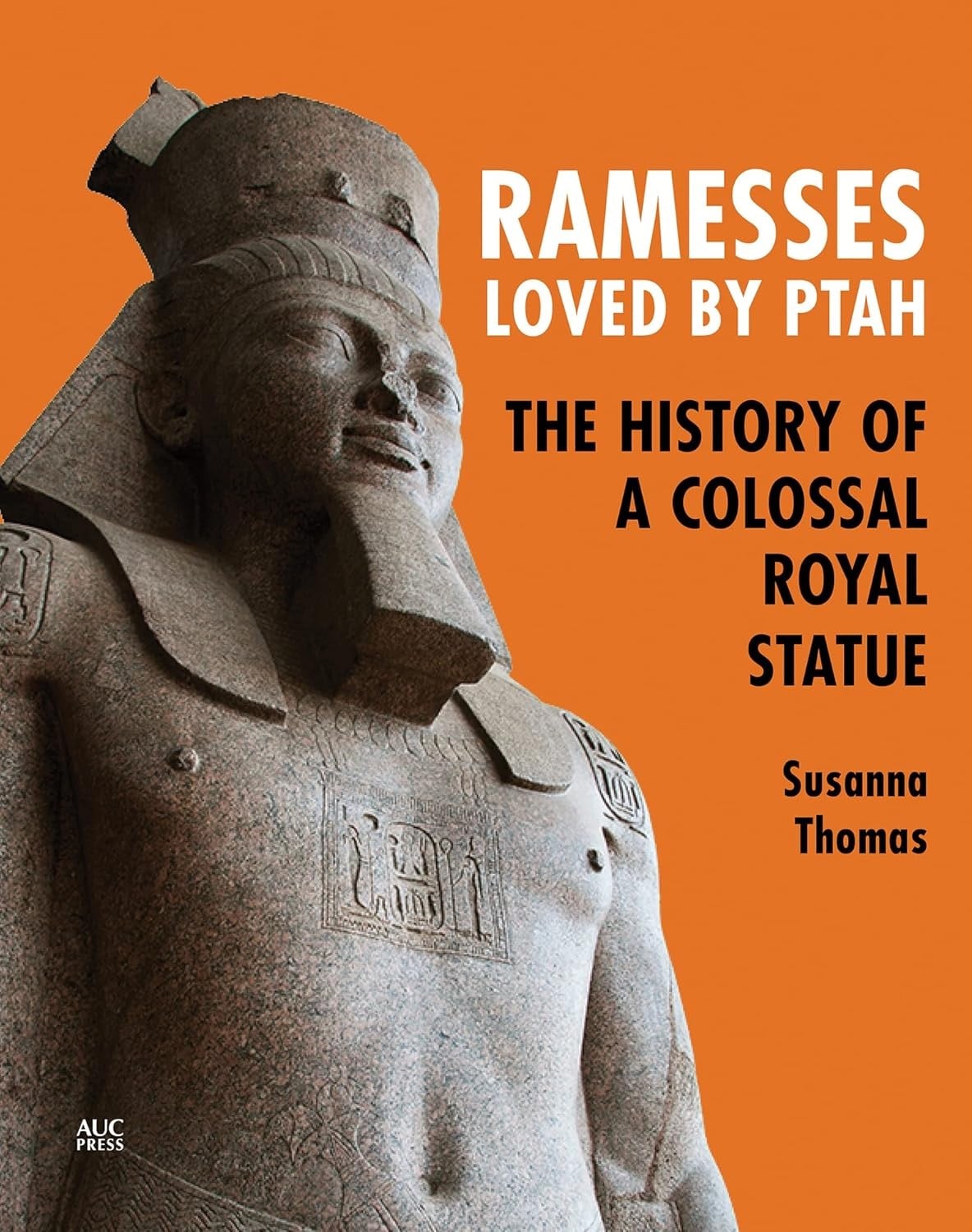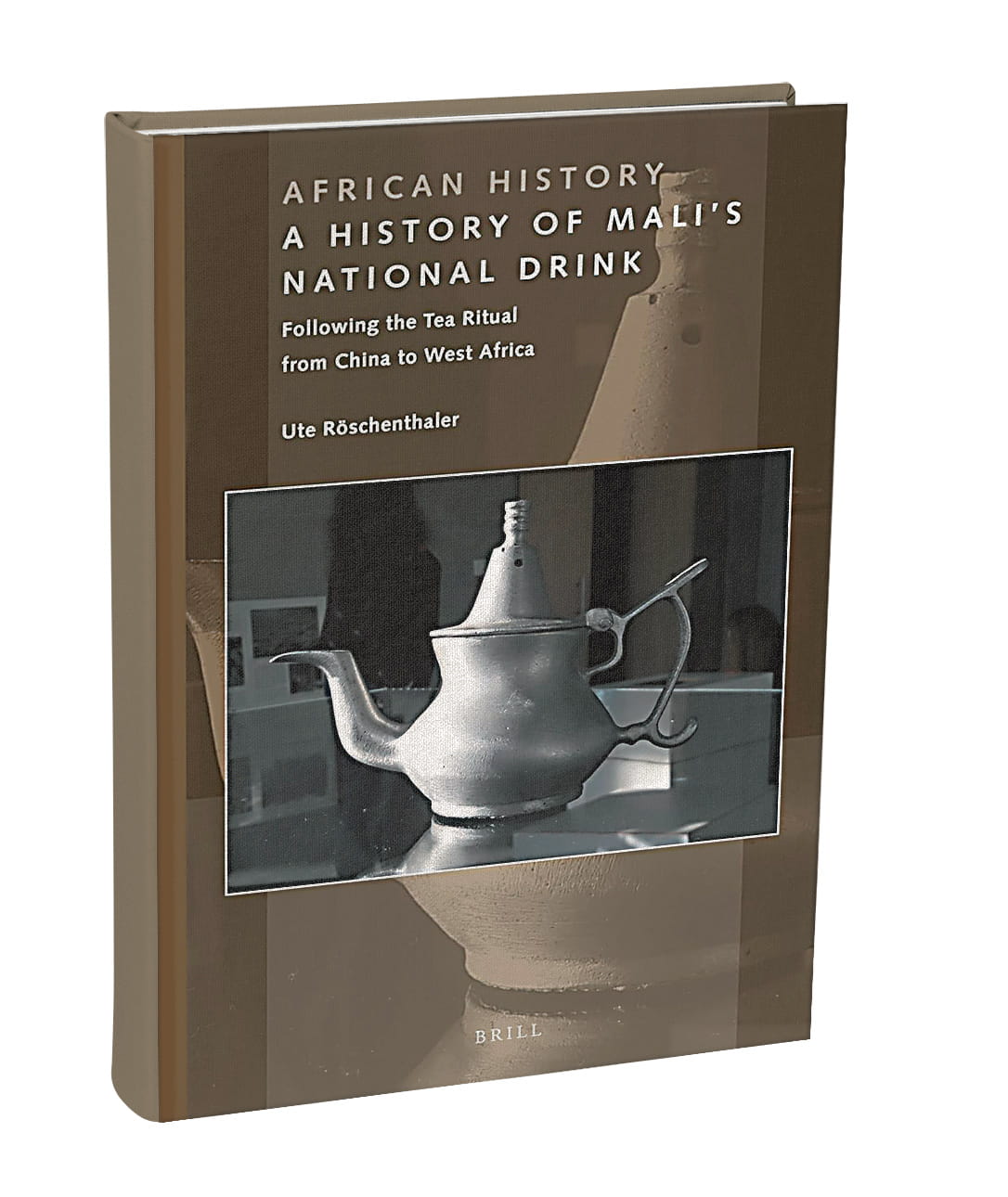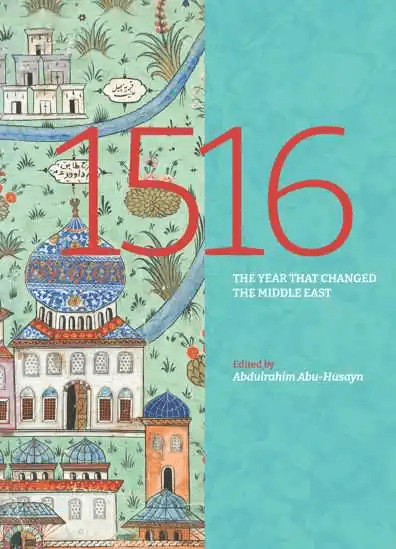
Ramesses Loved by Ptah: The History of a Colossal Royal Statue
Nurtilek Abdimalikov
Susanna Thomas.
AUC Press, 2022.
“The functions of statues ... were to act as representations, to be a substitute for who they were representing and also to act as a physical host for various non-physical or spiritual aspects of the entity so that they could be present and participate in rituals.”
—From Ramesses Loved by Ptah
You may also be interested in...

Green Tea in Mali: Culture Pours From Global Trade
In 2005, while attending a tea ceremony in Bamako, the capital of Mali, where serving tea punctuates daily life across courtyards, offices and roadside stalls, anthropologist Ute Röschenthaler realized that green tea had become more than a national drink.
Editor Challenges Readers To Witness Islamic History Sans the Modern Lens In New Book
In 1516, Ottoman Sultan Selim I entered Damascus clean-shaven. What followed changed Arab-Turkish relations for 400 years.